Q: How can you boost the sound quality of your Bluetooth speaker?
A: You can improve it by optimizing connections, settings, and speaker placement. Follow proven tips below to enhance clarity, bass response, and overall audio experience.
Wireless speakers can sound different under varied conditions. In fact, modern Bluetooth codecs (like aptX HD) can deliver near-CD quality sound bowerswilkins.com However, practical factors often limit performance. To truly boost your Bluetooth speaker’s sound quality, start by checking your setup and then adjust settings and placement as needed.
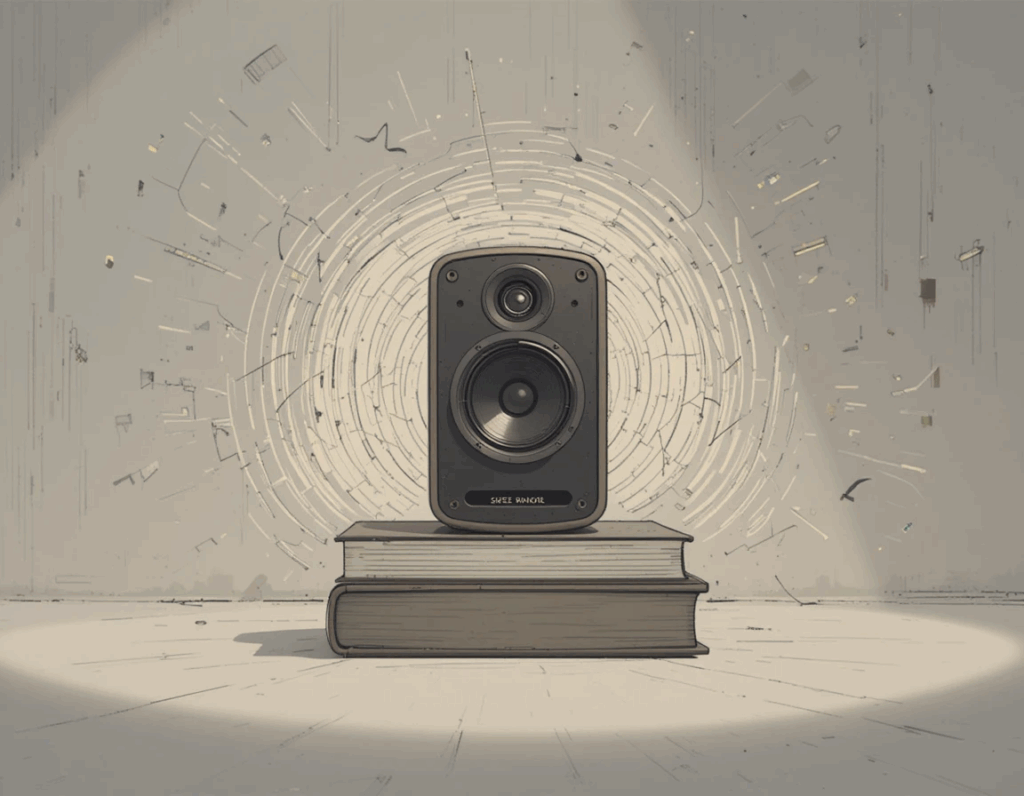
Table of Contents
- Why Bluetooth Speaker Sound Varies
- Check Your Setup and Connection
- Use High-Quality Audio Sources and Codecs
- Adjust Volume and Speaker Settings
- Optimize Placement and Environment
- Keep Your Speaker Powered and Updated
- Upgrade Your Equipment (Advanced)
- FAQs
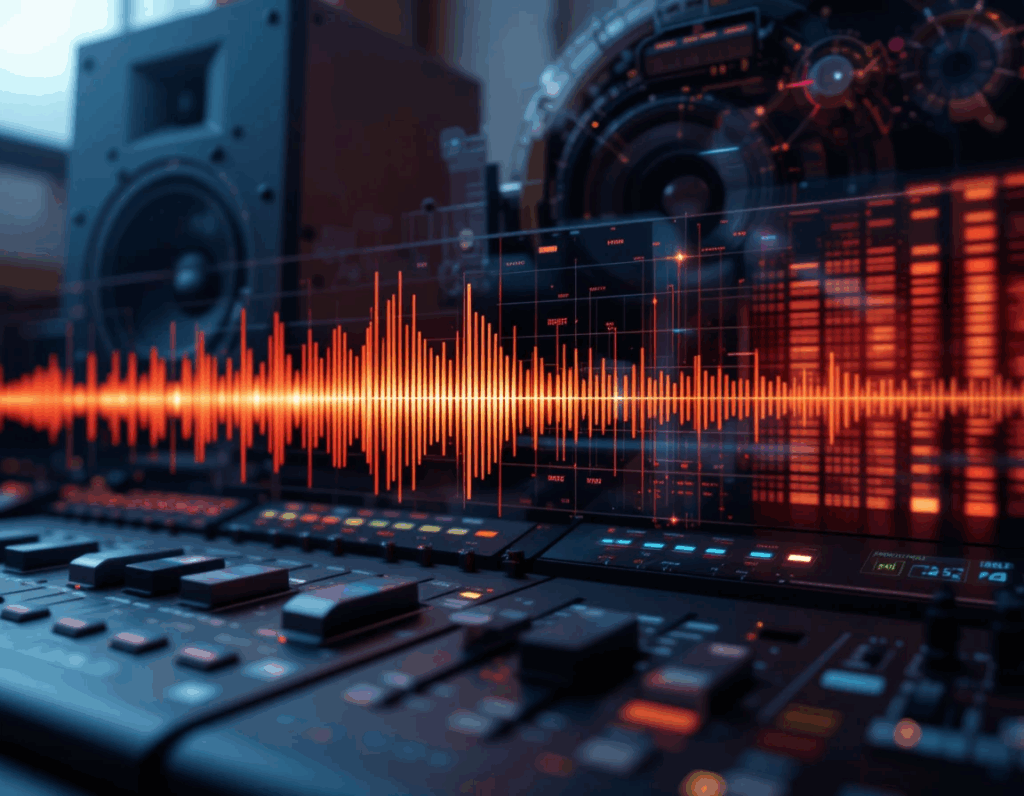
Why Bluetooth Speaker Sound Varies
Bluetooth audio quality can differ greatly between devices. Historically, Bluetooth used the SBC codec at around 328 kbps, which often sounds compressed Nowadays, higher-quality codecs exist. For example, aptX can stream 16-bit/48kHz audio at ~352 kbps and aptX HD at 576 kbps soundguys.com, improving fidelity. LDAC or AAC can also achieve higher bitrates. In short, modern Bluetooth technology can theoretically approach wired quality but real-world results depend on factors like signal interference, source quality, and the speaker’s hardware. You can make a significant difference by optimizing your setup.
Check Your Setup and Connection
First, ensure your Bluetooth connection is strong and stable. Many fixes start here:
- Re-pair your devices. Remove the speaker from your phone or computer’s Bluetooth list, then reconnect. This often clears glitches and resets settings.
- Keep devices close. Bring the phone/tablet near the speaker and remove obstacles (walls, metal objects). Bluetooth range is limited. Sony’s guidelines warn that distance or obstructions cause distortion
- Avoid interference. Place the speaker away from devices like microwaves, Wi-Fi routers, or cordless phones. These can interfere with the wireless signal
- Check power. Make sure the speaker’s battery is charged or it’s plugged in. A stable power supply prevents dropouts. For example, Sony advises charging the speaker if its battery indicator is flashing, since low power can degrade performance
In practice, moving a Bluetooth speaker just a few feet closer can eliminate static or cutouts. One user found moving the speaker from the floor to a shelf and away from a router dramatically improved audio clarity. Simple steps like these can immediately boost reliability.
How Can I Improve the Sound Quality of My Bluetooth Speaker? 2025 Read More –>
Use High-Quality Audio Sources and Codecs
The quality of your music or audio files is crucial. Poor source quality leads to poor sound no matter how good the speaker is. Try these tips:
- Play high-bitrate music. Use lossless (FLAC) or high-quality files (320 kbps MP3/AAC) when possible. Music streaming apps (Spotify, Tidal, Apple Music) have settings for streaming quality. For example, switch to ‘Very High’ quality in Spotify or ‘Lossless’ in Apple Music to avoid low-quality compression
- Enable advanced Bluetooth codecs. If your phone and speaker support codecs like aptX, aptX HD, or LDAC, enable them. These transmit more data and preserve detail. SoundGuys notes that aptX can handle ~352 kbps and aptX HD ~576 kbps far above the default SBC rate. Setting your device’s Bluetooth codec to the highest available will directly improve fidelity.
- Avoid low-quality streams. Streaming radio or videos often use heavy compression (96 kbps or less). Whenever possible, use higher-quality sources. One audio expert notes: “Don’t use poor-quality source files … They will only make things worse Switching from a standard YouTube stream to a high-bitrate track can dramatically enhance sound.
By ensuring your audio source is top-notch and using any better codec your devices support, you let the speaker reproduce sound as accurately as possible, with richer detail and bass. For additional reading on top audio gear, see [Internal Link: Best Bluetooth Speakers 2025].
Adjust Volume and Speaker Settings
Even with good connection and source, mismatched volume or effects can muddy the sound. Here’s how to fine-tune:
- Balance volume levels. Set your phone or computer volume high (but not max), then adjust the speaker’s volume as needed. This avoids a weak source signal or an overloaded amplifier.
- Turn off extra enhancements. Some devices have “Bass Boost” or surround sound modes that can cause distortion. Sony recommends disabling any extra audio processing if the sound distortssony-asia.com. Start with a flat EQ (no boost) and then make subtle adjustments.
- Use the speaker’s EQ and modes. Many Bluetooth speakers come with apps or built-in equalizers. Adjust bass/treble sliders to taste: slightly boost low frequencies for deeper bass, and raise mids/highs for clarity. Also try any “Bass Boost” or preset modes. For example, Soundcore advises using the equalizer to boost bass and activating any bass boost modessoundcore.com, then listening for improvement.
For instance, one user solved muffled vocals by boosting the mid-range (around 2–4 kHz) in the speaker’s app, which made speech clearer without raising overall volume.
Optimize Placement and Environment
Placement of the speaker dramatically affects sound. Consider acoustics and positioning:
- Use room acoustics to your advantage. Hard surfaces reflect sound. Placing the speaker near a corner or wall can reinforce bass (walls amplify low frequencies However, avoid blocking any rear vents. Ideally, position the speaker a few inches from the wall and angle it toward the listening area.
- Clear obstructions. Ensure nothing blocks the speaker’s drivers or ports. Objects in front of the speaker will muffle sound; blocking a bass port will choke low end. Soundcore’s advice: keep the speaker free of obstacles to maximize bass and clarity
- Adjust height and angle. Elevating the speaker (on a table or stand) can improve stereo imaging and reduce absorption by the floor. Tilting or turning it to face your main listening spot ensures sound travels directly to you.
For example, placing a speaker directly on a hardwood floor gave a boomy bass but muddy mids. Lifting it to ear level on a desk made the audio crisper and louder.
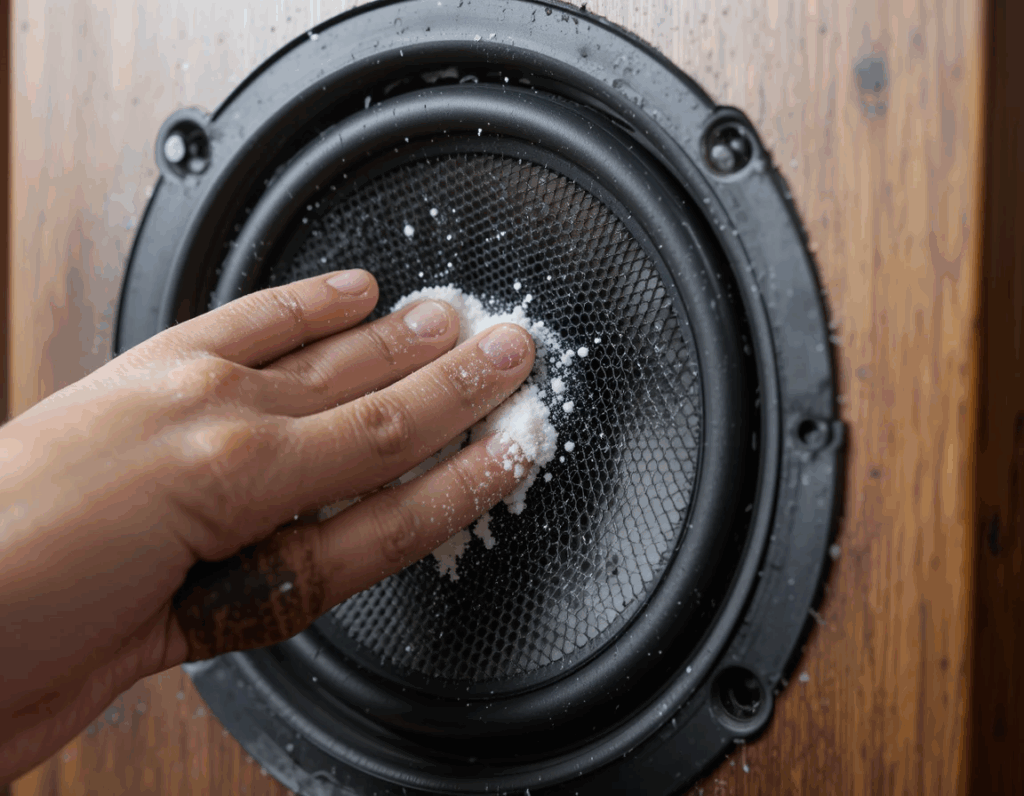
Keep Your Speaker Powered and Updated
Regular maintenance can improve performance:
- Charge fully or use AC power. A low battery can reduce output. Soundcore notes a fully charged speaker performs best, so if possible keep it plugged in during long play sessions
- Update firmware. Check for firmware or software updates for your speaker. Manufacturers (like JBL or Bose) often release updates that fix bugs or enhance audio. Installing the latest firmware can improve Bluetooth stability and sound quality.
- Clean the speaker. Dust or debris can slightly distort sound. Wipe the speaker grill and ensure no objects are blocking the drivers or ports.
Additionally, some speakers have special modes (e.g. “stable connection” or noise-reduction settings). Consult the manual and try toggling these if you experience issues.
Upgrade Your Equipment (Advanced)
If you’ve exhausted other tips and want even more audio quality, consider hardware upgrades:
- Better Bluetooth adapter. If your source device is old, a Bluetooth 5.x USB dongle can improve signal range and codec support.
- Use a wired input. If your speaker has an aux or optical input, try using it. Wired connections bypass wireless compression, yielding cleaner sound Even a simple 3.5mm cable can boost fidelity.
- Stereo pairing. Many speakers support pairing two units for true stereo. Two matched speakers provide a wider soundstage and louder, more balanced output than one.
- Add a subwoofer. For deep bass, add a compatible subwoofer. This is especially effective in larger rooms or for bass-heavy music.
- Upgrade the speaker. Sometimes the simplest fix is a better speaker. Look for models with multiple drivers (woofers + tweeters), larger amplifiers, or passive radiators. These usually handle a wider frequency range with less distortionInvesting in a high-quality speaker means a stronger baseline sound to begin with.
These advanced steps can make a big difference for audiophiles. For related gear recommendations, see [Internal Link: Best Bluetooth Speaker Accessories].
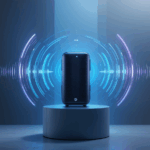
FAQs
Q: Why does my Bluetooth speaker sound quiet?
A: Often one volume setting is low. Ensure both your device and speaker volumes are set high (but not at maximum). Some devices have a volume limiter – disable it if present. Also, using a cable (if supported) can be louder and clearer than Bluetooth.
Q: How do I reduce distortion at high volumes?
A: Distortion usually comes from clipping (overloaded amp). Try lowering either the source or speaker volume slightly. Also disable any digital effects or “Bass Boost” modes. Sony suggests turning down the source volume and disabling audio enhancements if distortion occurs
Q: Do Bluetooth versions (4.2, 5.0, etc.) affect sound quality?
A: Bluetooth version mainly affects range and stability. Newer versions (5.0+) can support longer distance and newer codecs. However, sound quality depends on the codec and hardware. If both devices support a high-quality codec, you’ll get better sound; the BT version itself is less important.
Q: Is it better to use an aux cable than Bluetooth?
A: Generally, yes. A wired connection (aux or optical) delivers audio data directly without compression. Audiophiles often prefer cables for the best fidelity. That said, modern Bluetooth codecs can come very close, so it’s a trade-off between convenience and ultimate quality.
Q: How does speaker placement affect audio?
A: Placement changes how sound waves interact. For example, placing a speaker near a wall or corner will boost bass (sometimes too much). Open space might make sound thinner. Usually, positioning a speaker on a stable surface at about ear level and aiming it toward you provides balanced sound. Soft furnishings (carpet, curtains) can absorb echoes for tighter sound.
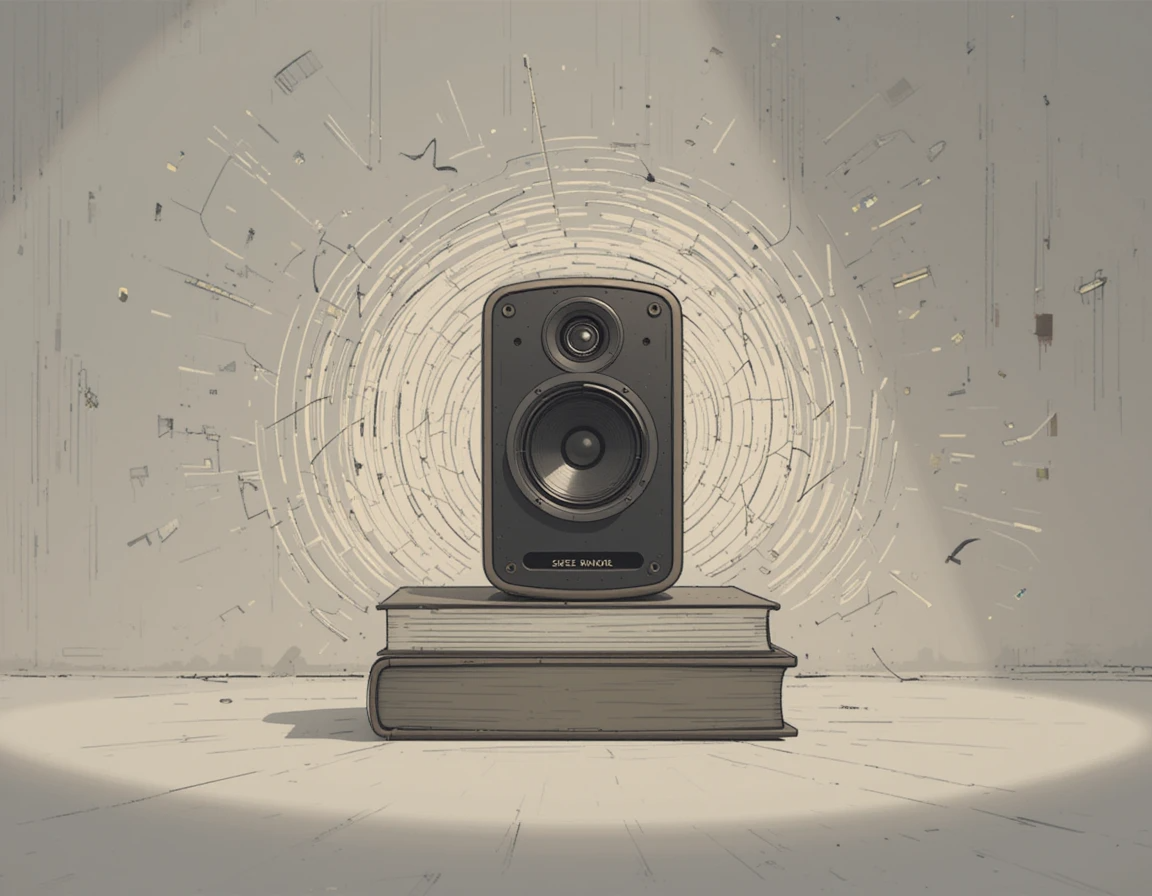
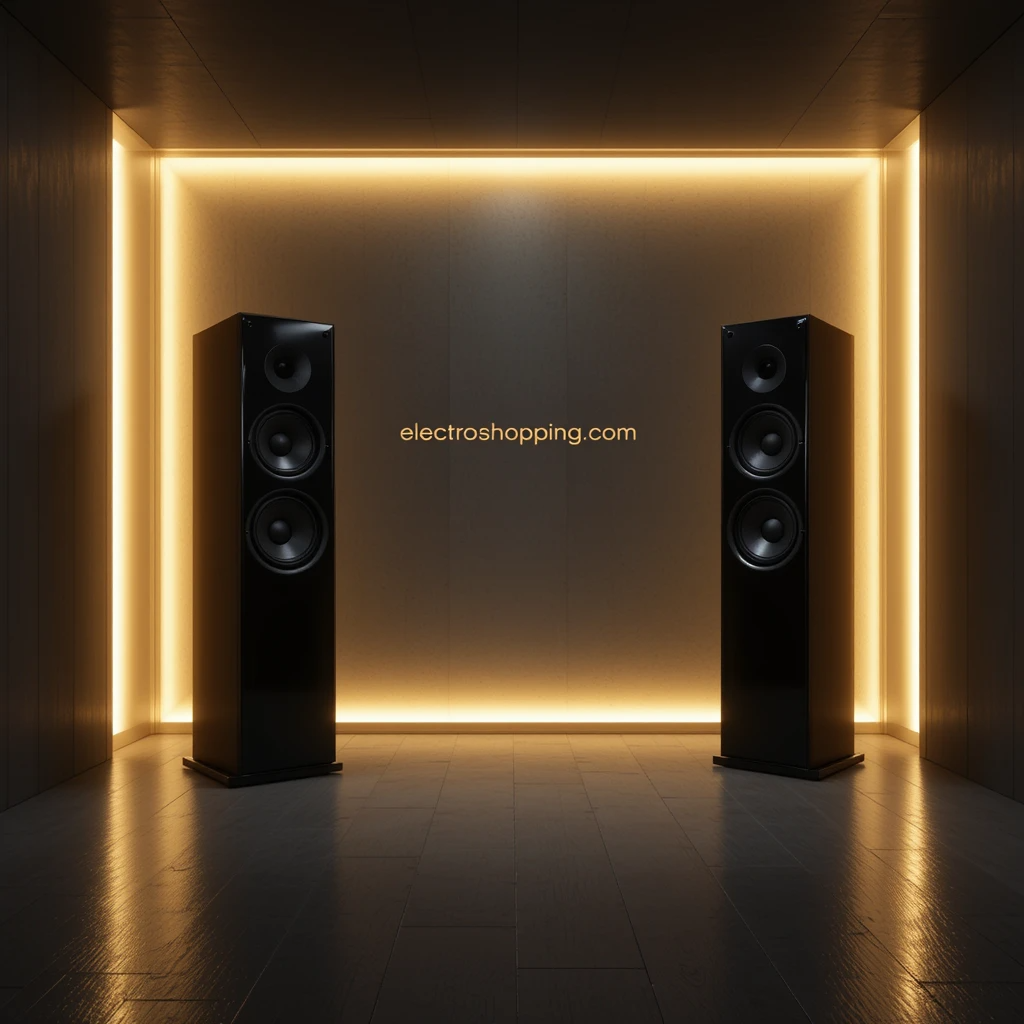



2 thoughts on “Tips to Boost Sound Quality of Your Bluetooth Speaker 2025”